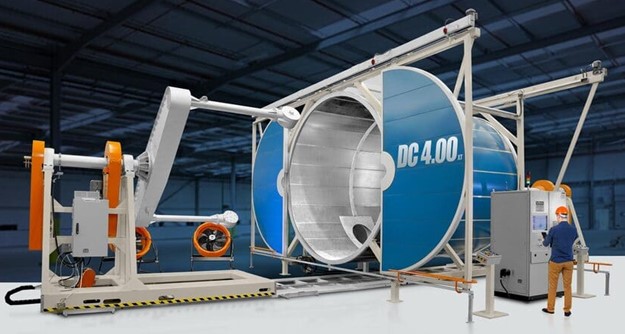Rotational Molding: Efficiency Meets Flexibility in Plastic Fabrication
Rotational Molding: Efficiency Meets Flexibility in Plastic Fabrication
Blog Article
Rotational molding, commonly known in the industry as Plastics Rotomolding, has revolutionized the way industries create solid and reliable plastic items. From water tanks that are durable to intricately designed custom components, rotomolding has proven to be a popular manufacturing technique for its versatility and quality. What is it that is it that makes it so efficient? Here's a closer look at the process as well as its advantages and the impact it has on various industries.

The Rotomolding Process
Rotomolding is a straightforward but extremely precise process. First, the resin that has been powdered is put into an mold. The closed mold is then turned around two perpendicular axes inside an oven. This heat melts plastic powder, which ensures even distribution over the mold's surfaces. When the product is created, it's cooled then solidified before being removed from the mold ready to be used.
This technique allows for unmatched design flexibility, enabling manufacturers to create products with complicated shapes with uniform wall thicknesses and high levels of durability. This is particularly beneficial for hollow, large-sized structures, which may not be achievable through other manufacturing techniques.
Why Rotomolding is a Game-Changer
Rotomolding stands out for several main reasons:
Durability The products made by the process of rotomolding have exceptional durability and can withstand harsh environmental conditions, making the perfect outdoor and industrial use.
Cost-Effectiveness: The molds that are used for rotational molding are fairly inexpensive as compared to the molds used in blow molding or injection and are therefore a good budget choice for both large and small production runs.
Customization: The ability to produce intricate designs and sizes ensures that products can be tailored to unique customer needs.
Low waste Rotomolding is intrinsically efficient, using material to its maximum extent and with minimal waste, supporting sustainable production practices.
Applications Across Industries
Rotomolding forms the basis of countless industries, assisting in the creation of outdoor furniture, storage tanks playground equipment, automobile parts and marine products such as kayaks. Its versatility and adaptability to a variety of materials, including UV-stabilized resins make it a preferred option for products that are that are exposed to different conditions.

Through its blend of precision, durability, and cost-efficiency, the rotomolding process continues to be a key element in modern manufacturing. It's not a surprise that this technique is recognized as a sustainable and reliable method shaping the future of plastic products that are durable.
Report this page